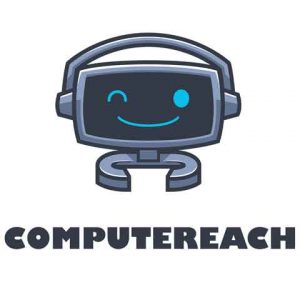In the field of computers and information technology, the term “IT” most commonly stands for “information technology”. This encompasses the spectrum of computing and digital systems like hardware, software, networking, services, support, and the professionals involved in managing these technologies.
This article provides an overview of key computer-related concepts and examples of terminology. It covers fundamental components such as the CPU, GPU, RAM, storage, operating systems, and networking. Explanations of the CPU as the processor chip powering operations, RAM for rapid access memory, and GPU for graphics processing are provided. Additionally, various types of storage, operating systems, web browsers, and word processors are defined.
The article also directly addresses what IT stands for in the context of computers and IT support roles. For computers, IT refers to the broad information technology industry and ecosystem. For IT support, IT professionals provide services related to maintaining, troubleshooting, and optimizing information systems and infrastructure. By outlining both common computer terms and clarifying the meaning of IT, this serves as an introductory computer and technology primer.
Computer Terms and Concepts
The central processing unit (CPU) acts as the brain of a computer, executing program instructions and processing data. Made up of an arithmetic logic unit and control unit on an integrated circuit, it carries out basic arithmetic, logic, control, and input/output operations. CPUs contain multiple cores to allow parallel processing of multiple tasks. Popular models are Intel Core i3, i5, i7, or AMD Ryzen 3, 5, 7.
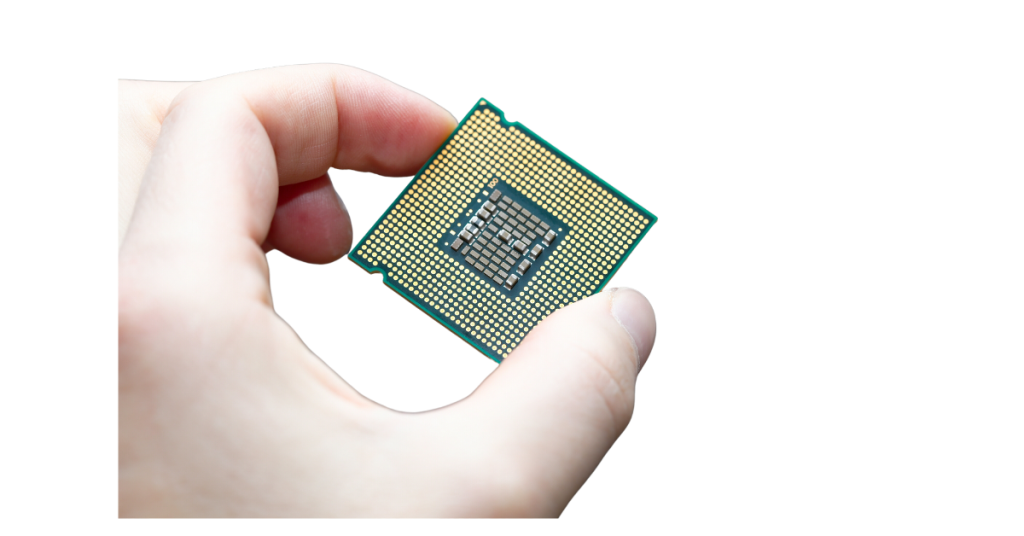
The graphics processing unit (GPU) handles specialized processing related to rendering 2D and 3D graphics and video. With hundreds of smaller cores compared to a CPU, GPUs can rapidly manipulate and alter memory to display pixels on a screen. Nvidia GeForce and AMD Radeon are the two main consumer GPU producers.
Random access memory (RAM) provides high-speed temporary data storage the CPU needs for quick access, such as when running applications. Dynamic RAM (DRAM) is commonly used, which needs to be continually refreshed thousands of times per second. Typical capacities are 4GB to 64 GB.
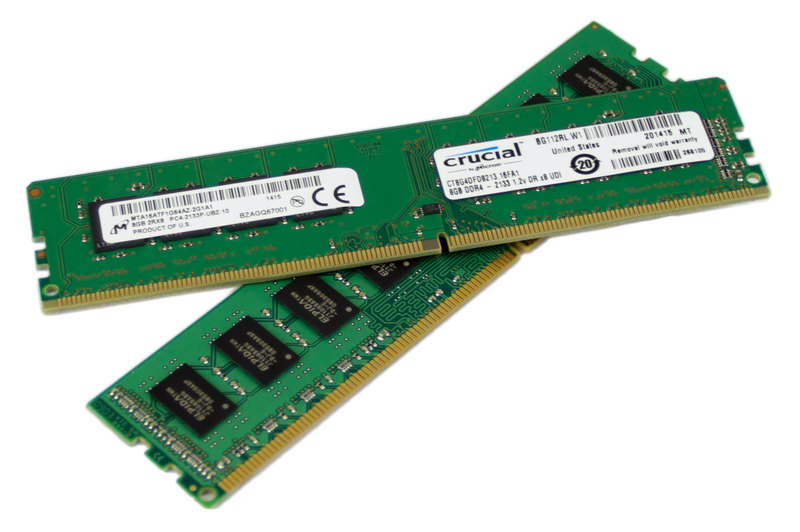
Storage offers non-volatile long-term data storage, retaining information even when powered off. Common examples are hard disk drives using spinning platters accessed by a read/write head, and solid state drives with no moving parts using flash memory chips. Capacities range from 256GB to multiple terabytes.
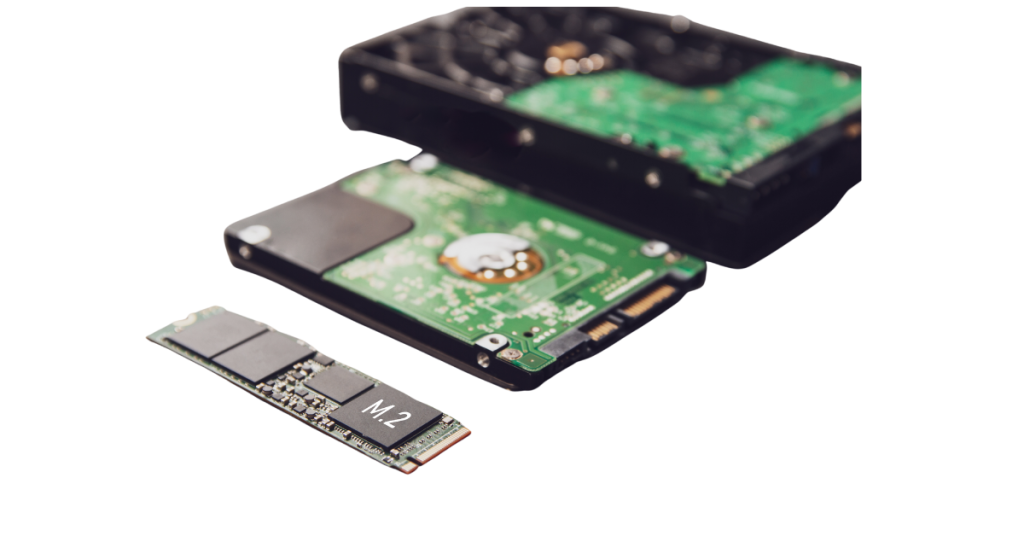
The operating system manages a computer’s hardware, scheduling tasks, handling memory allocation, controlling peripherals, and providing an interface for users to interact with the device. Popular OS examples include Microsoft Windows, Apple macOS, and Linux distributions like Ubuntu.
A network allows multiple computers to communicate, share resources, and exchange information. This includes local area networks in a home or business, and wide area networks connecting remotely over infrastructure like routers and switches. Protocols like Ethernet and Wi-Fi enable networking.
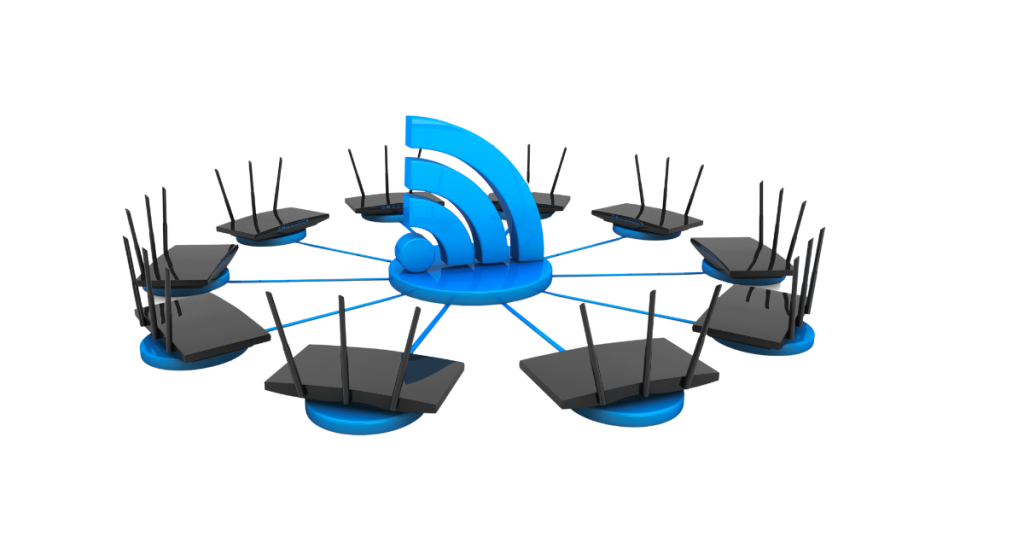
The internet enables a global wide area network using the standardized TCP/IP protocol suite, allowing billions of computers worldwide to interconnect. Websites, email, multimedia, cloud services, and more are facilitated by internet communication between servers, routers, and endpoints.
Examples of Common Computer Terms
The central processing unit (CPU) is the primary integrated circuit chip that carries out the instructions and processes the logic and calculations in a computer. It is sometimes referred to as the brain of the computer.
The graphics processing unit (GPU) is a specialized electronic chip designed to rapidly process and manipulate memory to accelerate the creation of images in a frame buffer for output to a display. Their highly parallel structure makes GPUs more efficient than CPUs for algorithms related to graphics rendering.
Random access memory (RAM) provides high-speed short-term memory storage to support the CPU. Data in RAM can be read and written much faster than other forms of storage, allowing quick access for currently running programs. However, RAM is volatile meaning data is lost when power is removed.
Storage refers to computer components capable of storing data persistently in a non-volatile manner, such as hard disk drives, solid-state drives, CD/DVD drives, USB flash drives, and memory cards. They retain data even when powered off.
The operating system (OS) is the foundation software responsible for controlling system hardware and providing services for other software on a computer. It manages memory, processes, input/output from devices, networking, graphical user interfaces, and security.
A web browser is application software used to access and view websites or web pages over the internet. It sends requests using HTTP protocol to fetch web assets from servers and renders the HTML/CSS code into visible text and images. Common browsers include Chrome, Firefox, Safari, and Edge.
A word processor is an application used to create electronic documents. It allows for typing, editing, formatting, spell check, and printing of documents. Popular word processors include Microsoft Word, Google Docs, and Apple Pages.
What does the IT stand for in computers?
In the context of computers, IT typically stands for “information technology”. This refers broadly to the industry surrounding information systems and computing technology like hardware, software, networking, and services to support them. IT departments in many companies are responsible for managing all technology infrastructure and digital systems.
What does IT stand for in IT support?
In the context of IT support, IT refers to “information technology”. IT support encompasses a wide range of services related to maintaining, troubleshooting, assisting, and optimizing information technology systems. This includes technical support technicians, help desk staff, system administrators, network engineers, and other roles focused on providing assistance, advice, and expertise on using and fixing computer systems and hardware.
